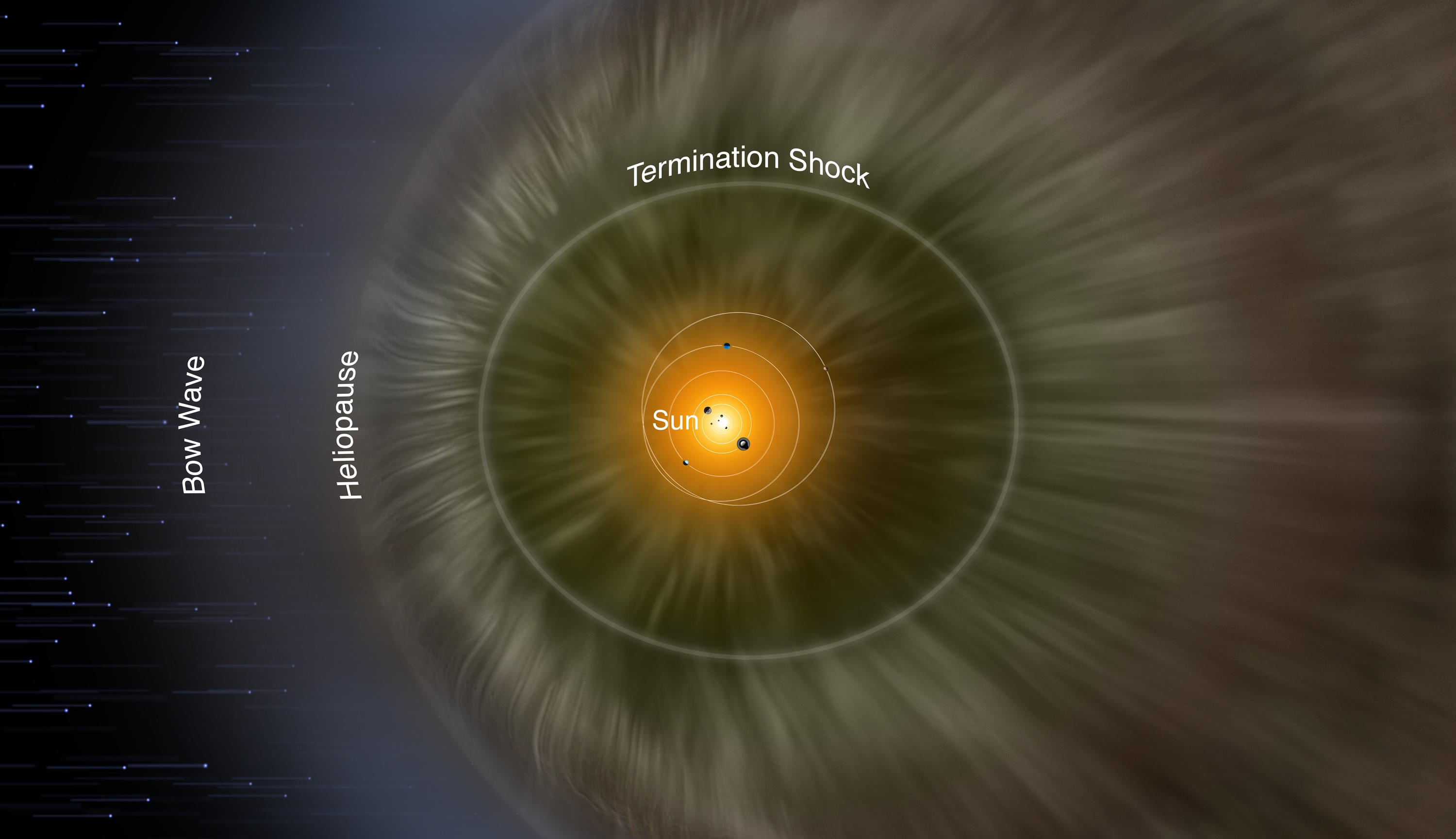At a Glance
- The research emphasizes that climate change, rather than lunar effects, is increasingly influencing Earth’s rotational speed and the length of days. This is primarily due to the accelerated melting of ice sheets in Greenland and Antarctica, which redistributes mass from the poles toward the equator.
- As ice melts and water redistributes, Earth’s mass distribution changes, similar to a figure skater extending their arms. This redistribution increases the planet’s moment of inertia, slowing down its rotation and subtly extending the length of days.
- Recent studies detail the findings, predicting that if greenhouse gas emissions persist, days will continue to lengthen by milliseconds, with climate change potentially surpassing lunar effects as the primary factor in the future.
- The research team used physics-informed neural networks to simulate the complex interactions between Earth’s surface, mantle, and core. This advanced AI methodology helps integrate physics principles effectively, providing insights into Earth’s rotational changes and predictive capabilities for space navigation and environmental planning.
- The study highlights the profound impact of human activities on Earth’s dynamics and underscores the urgent need for global actions to mitigate climate change effects. This is crucial to preserving Earth’s equilibrium and ensuring accurate space exploration and timekeeping in the future.
Researchers at ETH Zurich have conducted groundbreaking research into the causes behind long-term changes in Earth’s rotation, utilizing advanced AI methods. Their findings highlight how climate change, rather than lunar effects, increasingly influences Earth’s rotational speed and the length of our days.
The accelerated melting of ice sheets in Greenland and Antarctica demonstrates the impact of climate change. As these masses shift from the poles toward the equator through ocean water redistribution, they cause a significant redistribution of Earth’s mass. According to Benedikt Soja, a Professor of Space Geodesy at ETH Zurich, this shift affects Earth’s rotation in a similar way to a figure skater extending their arms during a pirouette, slowing down the spin due to increased inertia away from the axis.
In scientific terms, this phenomenon adheres to the law of conservation of angular momentum, where any change in the distribution of mass alters Earth’s rotational dynamics. Consequently, as the Earth spins slower, the length of days gradually extends. Recent studies published by ETH Zurich in Nature Geoscience and the Proceedings of the National Academy of Sciences (PNAS) underscore how climate-induced shifts are lengthening the day by milliseconds, a trend likely to continue if greenhouse gas emissions persist.
Surprisingly, the research indicates that the influence of climate change on Earth’s rotation may eventually surpass that of lunar effects, traditionally regarded as the primary driver of lengthening days over geological time.
Beyond lengthening days, the research also examines how melting ice sheets alter Earth’s axis of rotation. The Nature Geoscience study demonstrates that polar motion, where Earth’s rotational axis shifts relative to its crust, experiences notable changes due to both surface and deep Earth processes. These processes, which include movements within the Earth’s mantle and heat flows in the outer core, collectively influence polar motion over extended periods.
Mostafa Kiani Shahvandi, a doctoral student working under Soja’s direction, led the research team for this particular study. These AI models effectively integrated physics principles to simulate the complex interactions between Earth’s surface, mantle, and core. Their findings not only provide insights into Earth’s past rotational changes but also offer predictive capabilities crucial for space navigation and future environmental planning.
“Even if the Earth’s rotation is changing only slowly, this effect has to be taken into account when navigating in space—for example, when sending a space probe to land on another planet,” notes Soja in a statement to E. T. H. Zurich. Understanding and predicting these changes are crucial for precision space exploration and terrestrial timekeeping in an era increasingly shaped by human-induced climate change.
This research underscores the urgent need for global action to mitigate climate change’s impact on Earth’s fundamental dynamics, ensuring the preservation of our planet’s delicate equilibrium for future generations.
References
- Zurich, E. T. H. (2024, July 15). How climate change is altering the Earth’s rotation. Phys.Org; E. T. H. Zurich. https://phys.org/news/2024-07-climate-earth-rotation.html
- Kiani Shahvandi, M., Adhikari, S., Dumberry, M., Modiri, S., Heinkelmann, R., Schuh, H., Mishra, S., & Soja, B. (2024). Contributions of core, mantle, and climatological processes to Earth’s polar motion. Nature Geoscience, 17(7), 705–710. https://doi.org/10.1038/s41561-024-01478-2
- Shahvandi, M. K., Adhikari, S., Dumberry, M., Mishra, S., & Soja, B. (2024). The increasingly dominant role of climate change on length of day variations. Proceedings of the National Academy of Sciences, 121(30), e2406930121. https://doi.org/10.1073/pnas.2406930121











